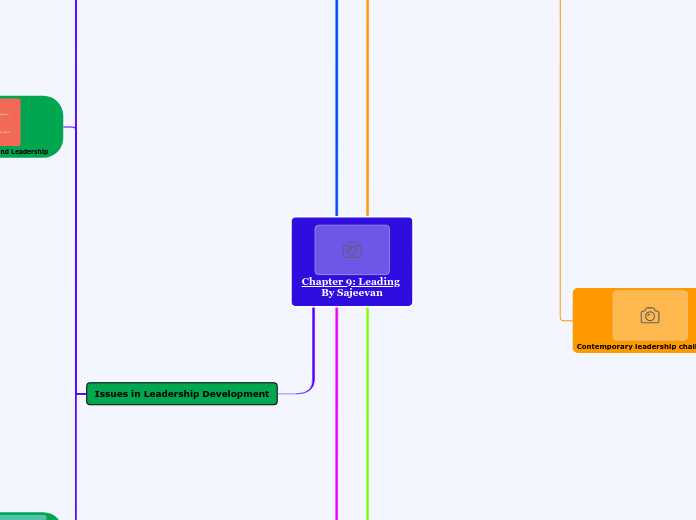av simon radford för 14 årar sedan
330
Managing Injury Rehabilitation
Effective injury rehabilitation involves several critical steps to ensure a safe return to physical activity. A specific warm-up targeting the injured area can help prepare the body for exercise, while ethical considerations such as the pressure to participate and the use of painkillers must be managed carefully.









